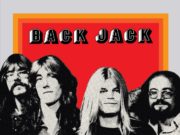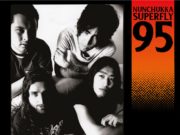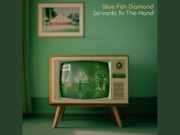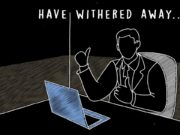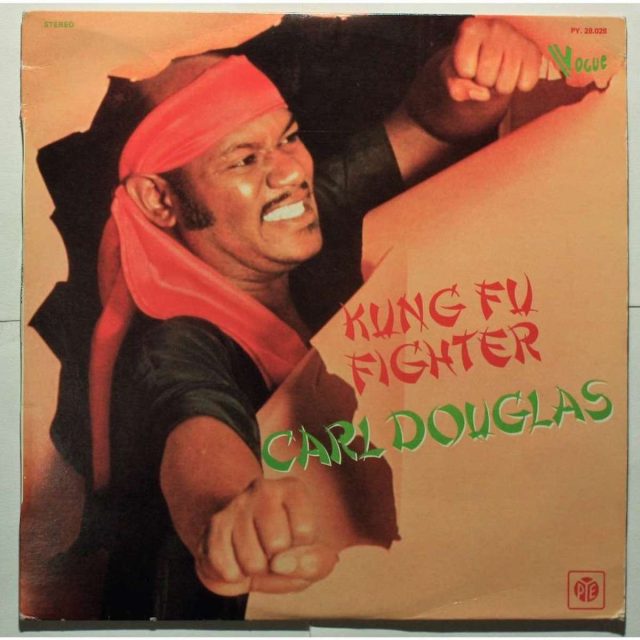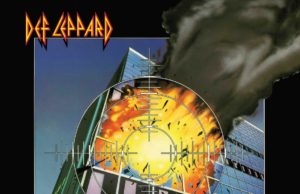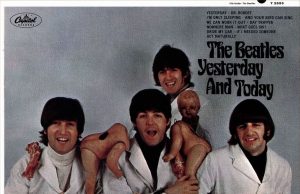 Somehow, for some reason, I ended up watching Death Race 2000 the other night. I’d never seen the 1975 cult classic starring David Carradine as Frankenstein (not that one) — and Sylvester Stallone!
Somehow, for some reason, I ended up watching Death Race 2000 the other night. I’d never seen the 1975 cult classic starring David Carradine as Frankenstein (not that one) — and Sylvester Stallone!
I actually really enjoyed it. A low-budget post-apocalyptic satire about vehicular manslaughter. Carradine is great in it, cast in the lead role because Peter Fonda was unavailable. It was meant to be a launch of Carradine’s movie career and a break from what he was known for — playing the half-Chinese/half-white American Shaolin monk Kwai Chang Caine in the ABC series Kung Fu since 1972 during the absolute peak of North America’s obsession with kung-fu, karate, judo, jiu jitsu, ninjas and the like.
I suppose this started with a guy named Bruce Lee, but not from his movies. In 1966, Lee portrayed the role of Kato — Britt Reid’s valet but also the Green Hornet’s martial arts expert sidekick. The role only called for fisticuffs, but Lee insisted on putting his unique skills on display. The rest, as they say, is history.
Carradine’s Kung Fu series was next, running from 1972 to 1975. By the spring of 1973, the craze was in full swing. That’s when the movie Five Fingers of Death came out (March 1973) eventually leapfrogging The Poseidon Adventure to be the No. 1 movie in America. By the end of 1973 more than 30 “kung fu” genre movies saw theatrical release in the U.S. These movies appealed to westerners — for the lone hero storylines, and violence. But there was something special and new, as well. The notion of ancient artform, the culture and exoticism, the discipline and training… rankings, challengers.
I happen to have been born in 1973, so kung fu movies — Bruce Lee and Shaw Brothers primarily — were a big part of my childhood. As soon as VCRs and movie rentals became a thing, we brought home scads of them. Even Miss Piggy on The Muppet Show started using a karate chop to punish those who’d crossed her. (This actually started because Frank Oz found it easier for the puppet to chop than slap, as the script called for).
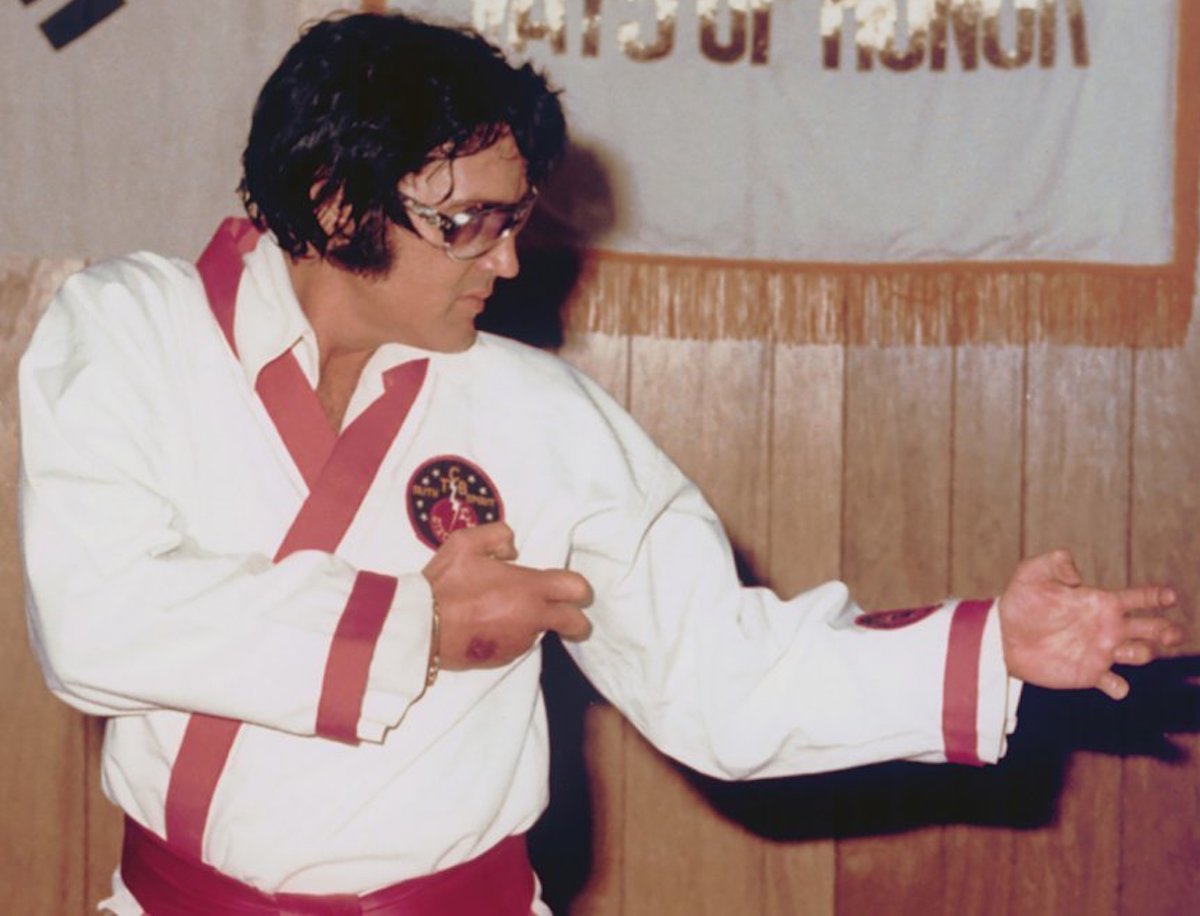
It didn’t take long for the kung fu craze to make an impact in popular music as well. Elvis Presley was first exposed to karate during his time in the U.S. Army, in 1958. He started learning it while stationed in Germany and qualified for a black belt in 1960. Presley’s skills started making their way into his stage act by 1969, having already been a major part of any and all fight scenes in his films since 1961. Peter Sellers’ Insp. Clouseau character spends a great deal of time training with his servant Kato in the 1964 comedy A Shot In The Dark — even claiming his hands are “lethal weapons.” But I believe Elvis was the first westerner to make martial arts part of his on-screen fighting style.
Presley is certainly not the only music icon with a serious interest in martial arts. The list includes Willie Nelson (Gong Kwon Yusul), Joan Baez (Aikido), Mick Jagger (Judo), Glenn Danzig and David Lee Roth (Jeet Kune Do), Dave Mustaine, Ice-T and Tommy Lee (Brazilian Jiu Jitsu).
Elvis never did a kung fu or karate song, though some people mistakenly think he did. They’re no doubt thinking of Carl Douglas’s monster international disco hit Kung Fu Fighting, which came out in 1974. Douglas is — he’s 81 years old — a Jamaican-born British singer who studied engineering in university. He started making music in the ’60s, putting out R&B singles. He crafted Kung Fu Fighting and recorded it in 10 minutes as the flipside of a song called I Want To Give You Everything. It didn’t take long before the label and the world discovered the real A-side was Kung Fu Fighting. It remains instantly recognizable and has been remixed, covered, re-recorded and re-issued numerous times. No version sold more than the original — 11 million copies. One of the biggest hits of all time.
It begins with “whoa ho ho ho!” and the stereotypical nine-note motif that was used for years to signify something distinctly Asian was about to happen. Yeah, the song is definitely racist — especially by today’s standards. It even has “funky Chinamen” in the lyrics.
I actually have Douglas’s 1974 album Kung Fu Fighter, issued swiftly after the success of the single. It also contains the originally intended A-side, but one other kung fu-themed disco number: Dance The Kung Fu. It didn’t take long for Carl and producer Biddu to start scraping the bottom of the barrel. It was Biddu, by the way, who supplied the fighting grunts heard in Kung Fu Fighting.
Perhaps not as iconic, or even a hit really, I love the theme from 1973’s Enter The Dragon. The blockbuster was Bruce Lee’s biggest and the last movie he made before his tragic death. It has all the required ingredients — funky wah guitar, Chinese-sounding motifs and Lee’s fighting cries. But most of all, it’s by Lalo Shifrin who also did music for Mannix, Mission: Impossible, Bullit, Dirty Harry and Starsky & Hutch.
Also not a hit, but Blondie’s 1976 debut album contains the awesome banger Kung Fu Girls. It’s a song about a guy who pawned off a bunch of stuff for cash and then got rolled for his money by a bunch of fighting, street-smart young women.
But one group stands above all when it comes to committing kung fu themes to music: Hip-hop legends Wu-Tang Clan. The founding members loved the kung fu films of the ’70s, having grown up on Staten Island watching them. The group is named after the 1983 film Shaolin and Wu-Tang! and rebranded Staten Island as Shaolin in their lyrics and sampled and drew from several Shaw Brothers films. RZA could teach a course on this stuff.
• • •
Area Resident is an Ottawa-based journalist, recording artist, music collector and re-seller. Hear (and buy) his music on Bandcamp, email him HERE, follow him on Instagram and check him out on Discogs.


